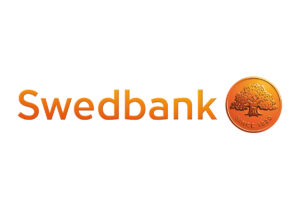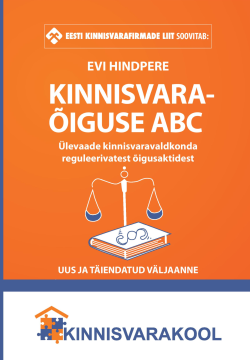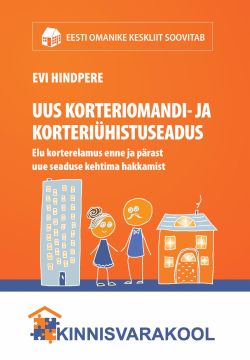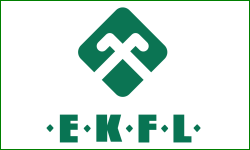 No policy changes from the ECB, deposit facility rate kept at 4%
No policy changes from the ECB, deposit facility rate kept at 4%- March projections are key in timing the upcoming rate cuts
The ECB policy statement provided no news – all key interest rates were kept unchanged, asset purchase portfolio is being reduced gradually, while the pandemic bond portfolio will start being rolled off mid-year. The ECB acknowledges that policy is being forcefully transmitted in the private economy, as the newest banking survey showed tightening credit standards and still falling credit demand (albeit at a slower pace). The ECB seems to be generally happy with the progress on inflation, yet needs more evidence that inflation was defeated. The most recently released business surveys indicated that economic stagnation or even contraction continued into 2024. Before the meeting, markets were pricing an April cut with over 60% probability. Despite rapidly falling inflation and very weak economic growth, President Christine Lagarde insisted that a discussion on rate cuts was premature, previously she indicated a possibility of a June cut. Yet, in the press conference president commented that the ECB is “data dependent, not date dependent”.
And we believe that data will warrant an earlier rate cut. In the next governing council meeting in March, the ECB staff projections will be updated. Previously, they had pessimistic assumptions regarding energy prices and overall trajectory of inflation, the new forecasts will have to be revised significantly downwards. We expect headline inflation to fall below 2% early in the second quarter, with core following suit a quarter later. We believe that subdued economic performance and downward inflation surprises will lead to rates adjustment already in April. If so, ECB would likely give some guidance in March. Overall, we expect 6 cuts in 2024, and for deposit facility rate to fall to 1.5% by the end of 2025. Markets also saw dovish messages in the ECB statement and are pricing 50bp worth of cuts by June.
Admittedly, hawks at the ECB had been very focused on labour costs, data on which won’t be available for the April meeting. That could lead to more caution and delayed rate cuts by the ECB.













